Distinctive Smell and Sweet Taste of Chico
Chico ( Manilkara Zapota) - A native to North, South and Central America and introduced in the Philippines during the Spanish period. It is known by many names- Sapodilla plum, Sapote, Chikoo, Zapotillo, Chicle, Naseberry, and Mud apple depending on the country where it is cultivated and grown.
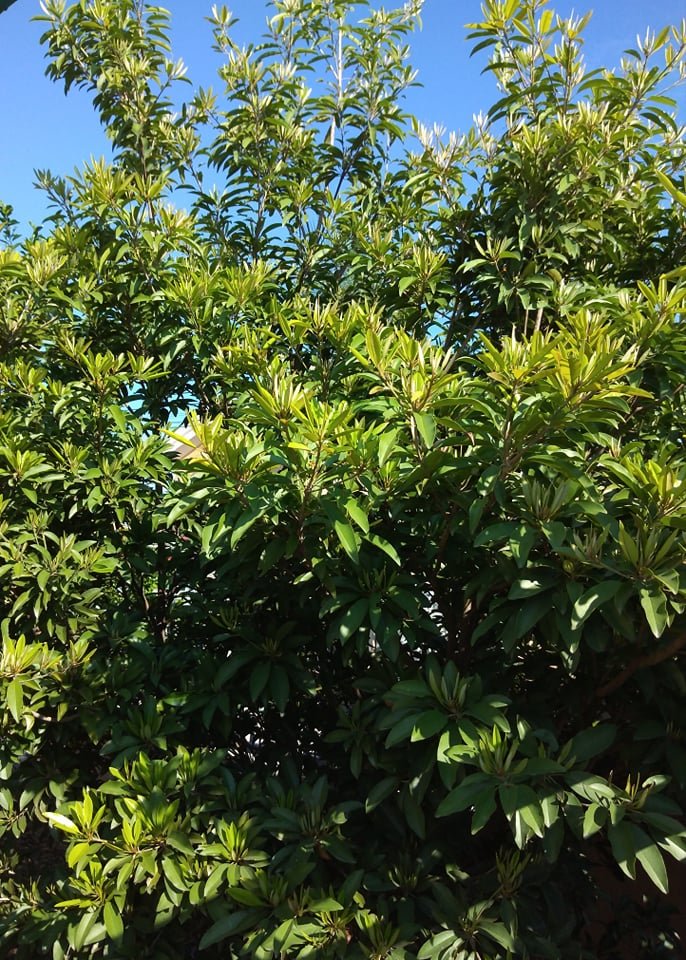
This evergreen tree loves warm climate and full sun. It can grow 60 feet in an open area and if it's together with many trees and shrubs ln the mountains or forests, the height can be as tall as 100 feet high. On the other hand, new varieties are smaller and can be planted in containers. It can thrive both in dry and wet climate.
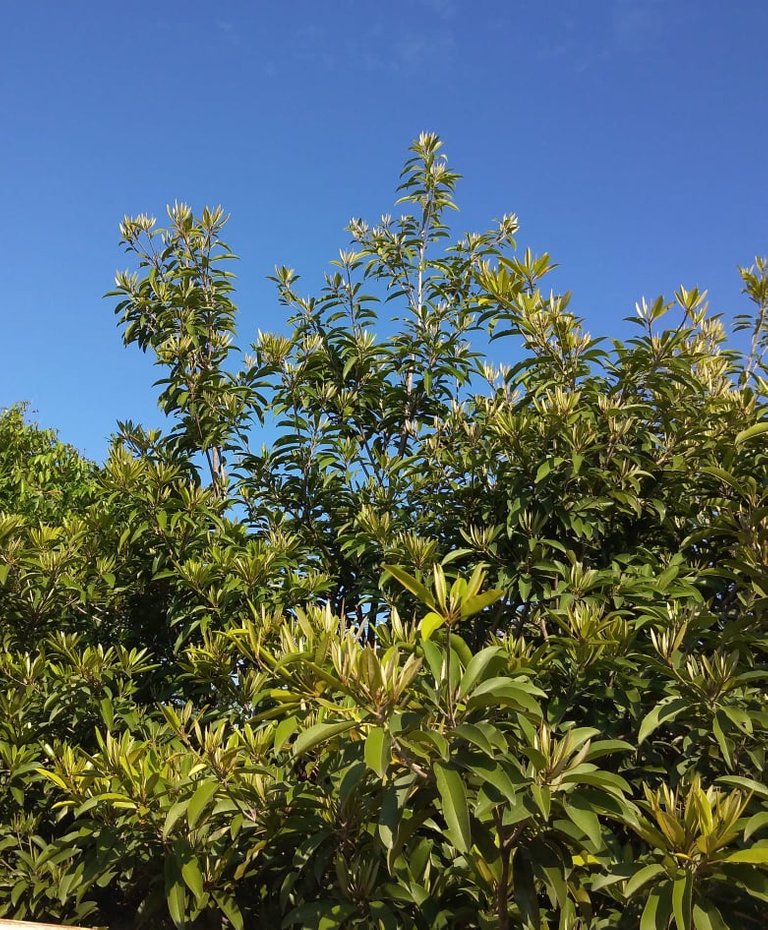
The form of the chico tree is somewhat resembles a pyramid or a roof of a house. The leaves are clustered and very glossy. It has tiny, bell-shaped white flowers. These flowers become the chico fruits. The fruit may differ in shape depending on the variety. It can be round or oval, with a sandy, brown coating. It becomes mature four months or more after the flowering season. The pulp inside is juicy, grainy and yellow orange when ripe. ( The sweet smell is the hint that the fruit is ripe already.) There are 3 or more brown or black seeds at the center of the fruit although there are varieties which are seedless.
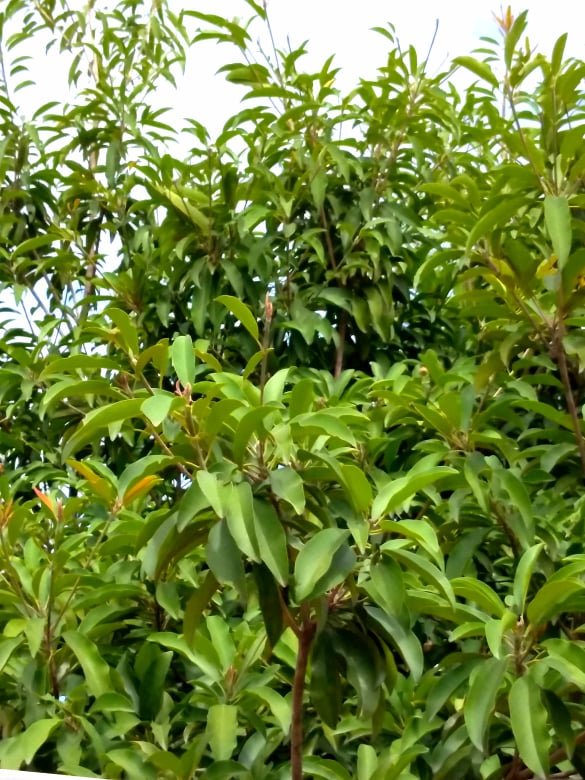
The ripe fruits fall directly to the ground. Birds and other animals love feasting on the ripe, sweet fruits. One best solution is to pick the matured fruits by using a picking pole with net or bag at the peak. The rough skin of the fruits should be wash off using a piece of net. In a circular motion, remove the stalk with a knife. Then, a white latex will come out. Put the fruits in a basin with water. Rinse twice, drain and dry in a shade. To ripen, it can be kept in brown bags, rice bags or just put it in a fruit bowl. It can be wrapped in a thick cloth or towel too. The fruits will not ripe simultaneously so be sure to check it from time to time. The ripe ones can be placed also in a refrigerator but must not stay for long to avoid rotting. Some eat the fruit by not peeling it anymore. Others peel and slice it. There are individuals who use a spoon to get the sweet, juicy flesh.
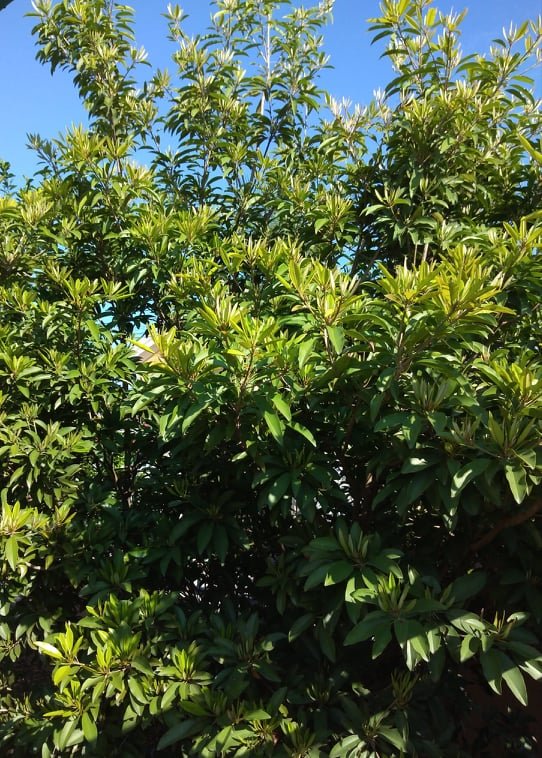
This sweet-tasting fruit is rich in vitamins and nutrients which improves the vision. It contains collagen that makes the bones strong, restore youthful skin and healthy hair. It solves digestive problems like diarrhea. The fibers it contains help to loose weight.
Aside from eating this fruit, it can be used in making pies and breads. The sweet puree can flavorize jam, sauce, sundae, and cereals. It is used in making wine and perfume too.
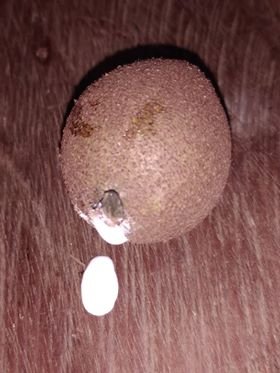
The white latex gum from this tree is called chicle which the chewing gum before was made from it. It was now replaced by other gums and synthetic ones. Before, old folks use this for sealing and as paste.
The trunk of this tree is sturdy and durable. Some materials and equipments can be made out of it like floorings, railways, carpenter and garden tools.
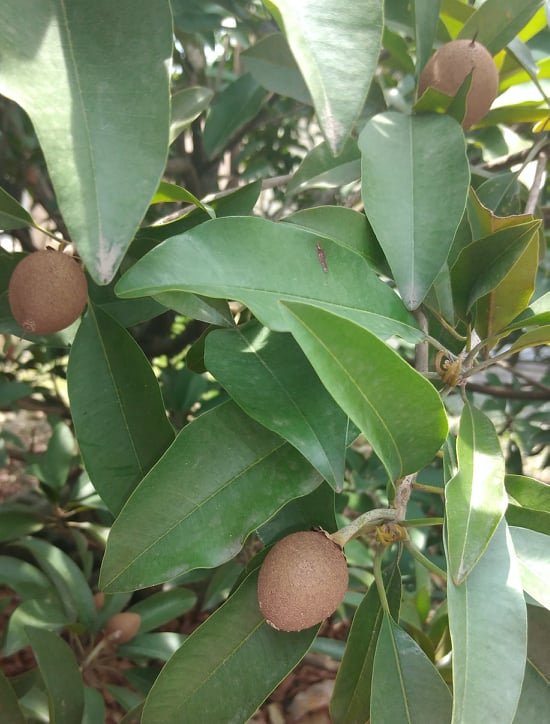
The easy method to propagate this tree is through marcotting or air layering. Though the size of the stem should be like an ordinary pencil, it really depends on the part of the tree or shrub. ( My brother usually choose the bigger stem, with leaves and flowers already.) Make a girdle around the chosen healthy stem for about 3-5 inches using a knife. Remove the bark and slippery coating. Put a soil and sphagnum moss or coconut fibers. Cover it with transparent plastic so that the appearance of roots can be seen. Tie both ends with nylon chord. Propagation is done better during rainy season. If not, the propagated stem should be watered regularly. If plenty of roots appeared and developed, this means that the method is successfully done. The marcotted plant is ready to be cut and transfer to a container. Keep under partial shade until it becomes stable. It can be transferred directly to the soil.
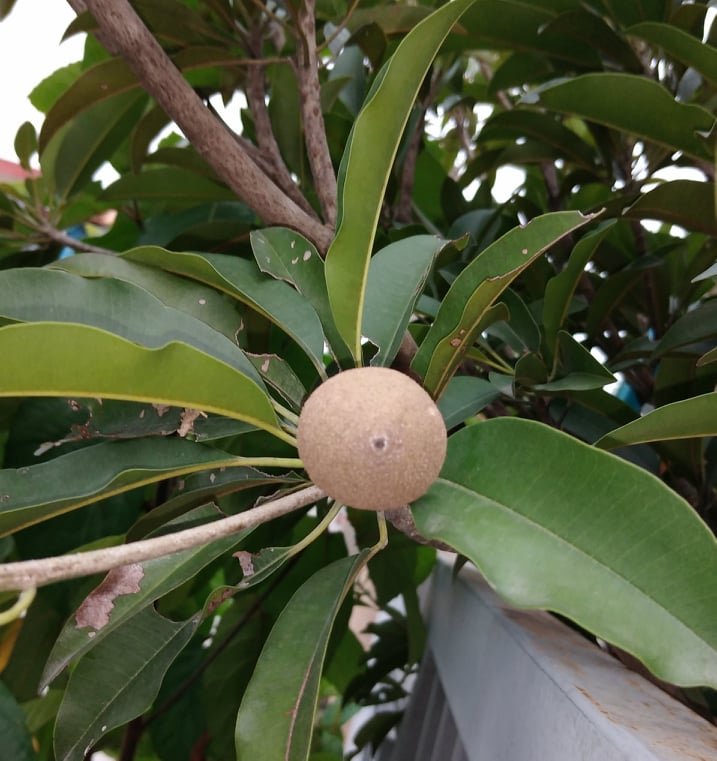
Grafting, another means of propagation wherein a shoot, or a stem of selected plant is inserted to a rootstock of another plant is applicable too especially for the new varieties.
It is not just a tree but an ornamental plant. Site a place in a garden and give this plant a space. Easy to care, strong, resistant to bad weather conditions and will produce fruits within your reach. No kiwis, or berries but a sweet smelling and candy-like taste brown berries will be in your garden.

It looks like kiwi to me for some reason.
We have a chico tree in our grandparents in the Island of Bantayan, Cebu. Once it is ripe you just wash it ate also the skin, It was a rare type of chicos with a thin cover and very very sweet not grainy. Yeah, we must cover it with bond paper because the birds were the first to eat it and bats.
Parang kiwi nga..anong lasa nyan?
matamis at kahit balat nyan kinakain...
Talaga,kahit balat kinakain? Wow
matagal na rin na di ako naka tikim nyan ah. :D
Congratulations @leony! You have completed the following achievement on the Hive blockchain and have been rewarded with new badge(s) :
You can view your badges on your board And compare to others on the Ranking
If you no longer want to receive notifications, reply to this comment with the word
STOPTo support your work, I also upvoted your post!
Do not miss the last post from @hivebuzz:
Support the HiveBuzz project. Vote for our proposal!
I love chico! It’s been years since the last time i had it. Kakamiss din
I don't get why old people used to say... "Amoy chico kana. Maligo ka!" as if chico fruit has a bad odor. It smells nice and sweet.
Yes that's true. Some say that "amoy chico" means "lasing or nakainom ng alak".
Matamis po kapag hinog at juicy.